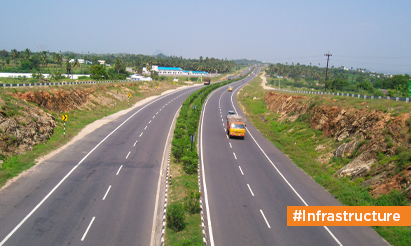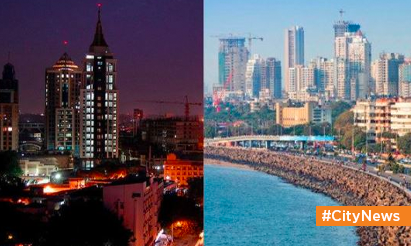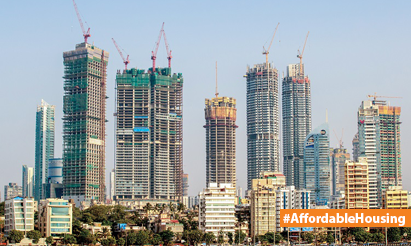Concrete jungles sprout as rules eased in Tamil Nadu
The loosening of development regulations, the concrete jungles in Chennai‘s suburbs and other cities in Tamil Nadu are now becoming denser.
Previously, if the plot size (within the Directorate of Town and Country Planning restrictions) surpassed 2,500 square metres, 10% of the property must be gifted to local bodies via a gift deed. This Open Area Reservation (OSR) area should be utilised to create city facilities, gyms, and leisure facilities. Although, under the new Tamil Nadu Combined Building Rules (TNCBDR) 2019, OSR is not needed for plots smaller than 3,000 square metres. If the plot is between 3,000 and 10,000 square metres, the builder could either donate the 10% OSR to local governments or pay the registration agency the recommended value of identical property.
As per statistics gathered by SP Thyigarajan, a civic rights activist, through Right To Information (RTI) petitions from 26 of the 37 DTCP offices in TN, over 1,800 registrations were created under this group in the last three years, and 82 percent of people favoured to pay the guideline amount rather than gifting the OSR.
The amendments were never included in the local municipal corporation Acts, and if the government does not remove them at once, we may end up living in denser concrete jungles with no green space and no ventilation,” Thyigarajan warned. Builders, on the other hand, argue that while 10% may appear to be a large amount of land, it is actually a little area in terms to individual plots.
S Sridharan, Chairman, Policy Advocacy Urban Development and Houses, CREDAI National, said that it is difficult to give room for utilities like vehicle parking, buffer spaces, generators, and sewage systems in cities such as Coimbatore and Madurai.
“Such approach has also been adopted for years by the Chennai Metropolitan Development Authority (CMDA), and it has now been stretched to the whole state,” he added. Furthermore, builders claim that the government is profiting from this as well.
According to RTI statistics, the state gained 767 crore (for 2,038 acres of OSR land) through this shift since 2019, with about 131 crore (46 percent) received from housing developers and builders in the Coimbatore district. “If the government intends at it as a revenue alternative, it should at least examine the market rate rather than keeping to ‘dirt-cheap’ recommended threshold,” said B Chandrakanth, a civil engineer, emphasising the need of providing OSR land for a tranquil existence in urban environments.
Disclaimer: The views expressed above are for informational purposes only based on industry reports and related news stories. PropertyPistol does not guarantee the accuracy, completeness, or reliability of the information and shall not be held responsible for any action taken based on the published information.




